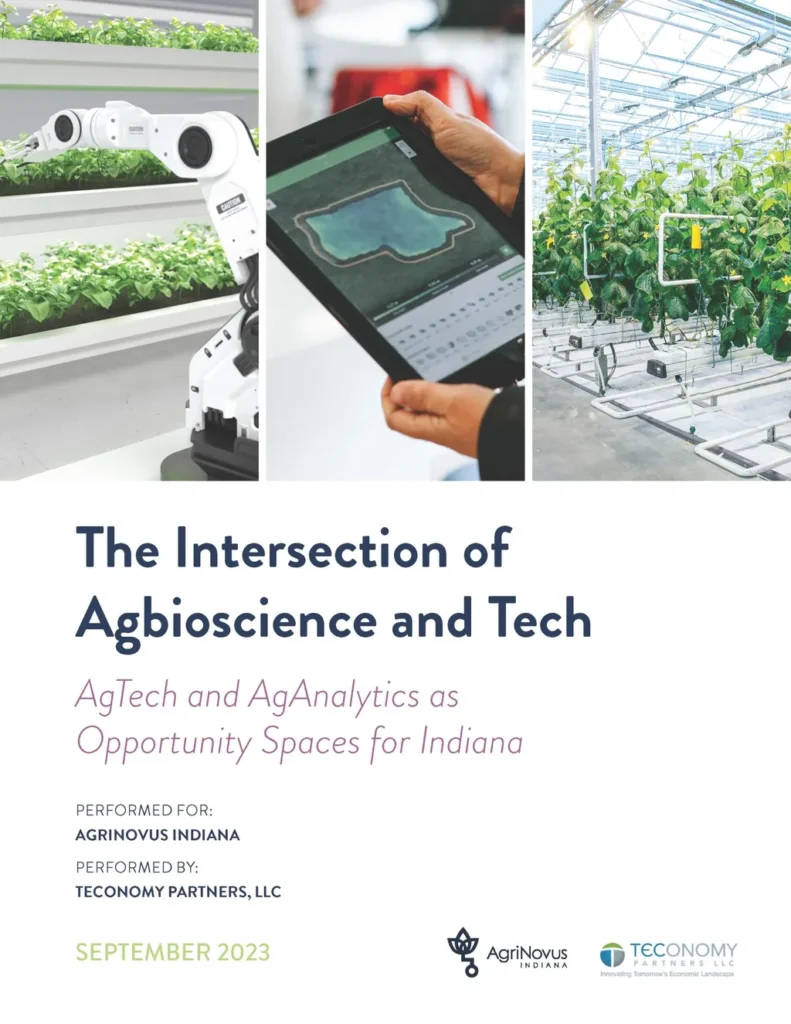The agricultural technology sector is at a crossroads, facing both significant challenges and promising opportunities. While the market has cooled since the post-pandemic boom, with German agricultural machinery revenue dropping from €15.4 billion in 2023 to €11.1 billion in 2024, there are signs of gradual improvement in industry sentiment. This shift presents a unique landscape for both established players and new entrants, particularly those from the automotive technology sector.
The global agricultural industry is grappling with a complex interplay of factors, including a growing population, resource scarcity, regulatory pressures, and sustainability concerns. These challenges are driving demand for innovative, resource-efficient technologies. Peter Fintl, Vice President Technology & Innovation at Capgemini Engineering, highlights the potential for traditional automotive suppliers to transfer their expertise to the agricultural sector, particularly in the drive sector. This includes adapting engines for alternative fuels like RME and HVO, and implementing various measures to increase drive efficiency.
Electrification is also making inroads into agricultural technology, with battery-electric drives now present in lower-power tractors and other vehicles with smaller operating ranges. However, high battery costs and limited practical experience mean that cost advantages compared to combustion engine drives are not yet apparent. Nevertheless, the integration of photovoltaic systems offers a green and cost-effective solution for those who can “refuel” their electric vehicles with self-generated energy.
In the transmission sector, continuously variable transmissions are becoming more prevalent, while innovations in hydraulic systems include electronically controlled load-sensing systems and new connection concepts for attachment hydraulic oil supply. The electronics sector also presents good entry opportunities for suppliers, with high innovation pressure in areas like autonomous driving, precision farming, and operational digitalization. For instance, Same Deutz Fahr has developed a functional package that includes features like lane-keeping assist, adaptive cruise control, and object/person detection, specifically designed for tractors.
The digitalization of agriculture is another key trend, with new electronic architectures and sensor systems enabling sophisticated process control and monitoring. Artificial intelligence is widely used for tasks like component monitoring, maintenance planning, and efficiency analysis. However, the industry must also navigate challenges such as the need for simple yet detailed machine settings, cybersecurity risks, and the tension between digitalization and the need for human expertise.
While UN Regulation No. 155 is not currently mandatory for agricultural machinery, the new Machinery Regulation EU Regulation 2023/1230 includes cybersecurity requirements that apply to the sector. The industry is also developing the ISO 24882 standard as a future state-of-the-art guideline for the cybersecurity of agricultural machines.
In this challenging yet promising landscape, technological disruptions offer numerous opportunities for businesses to expand or enter the agricultural technology market with innovative solutions. As the sector continues to evolve, it will be crucial for players to understand the specific challenges and leverage their expertise to drive growth and innovation.

